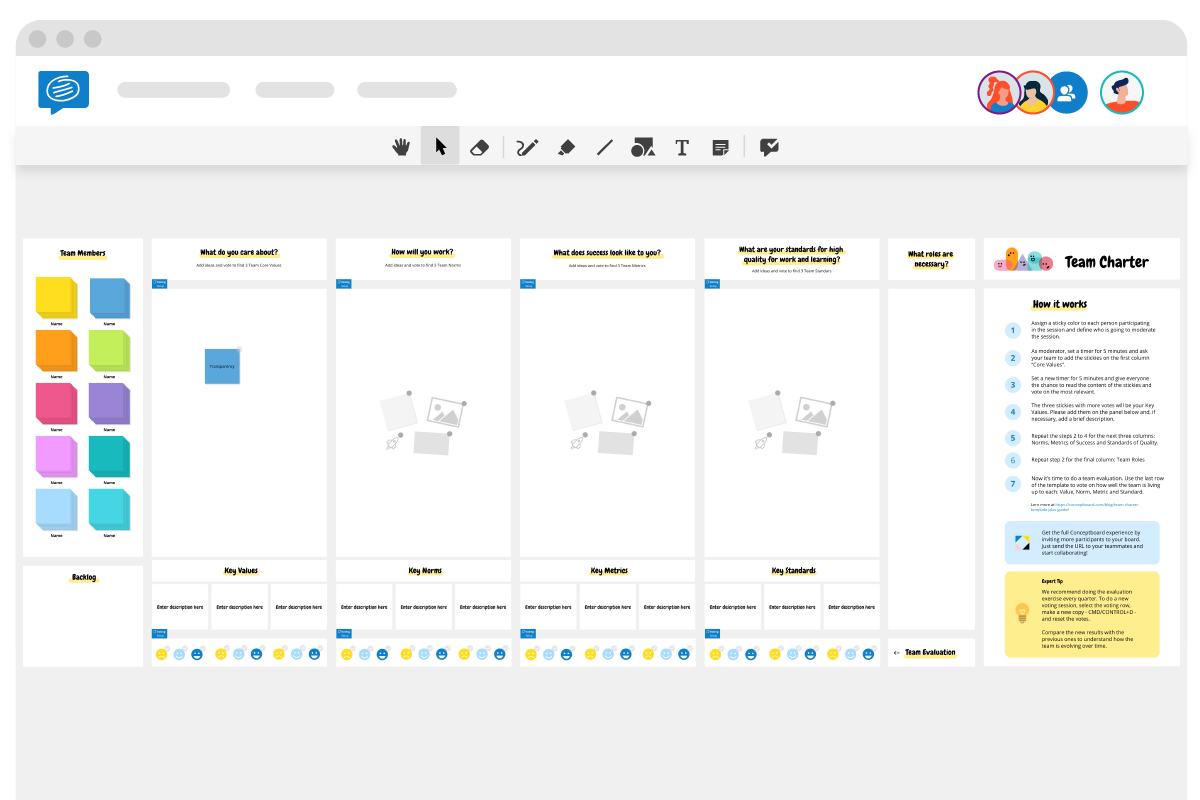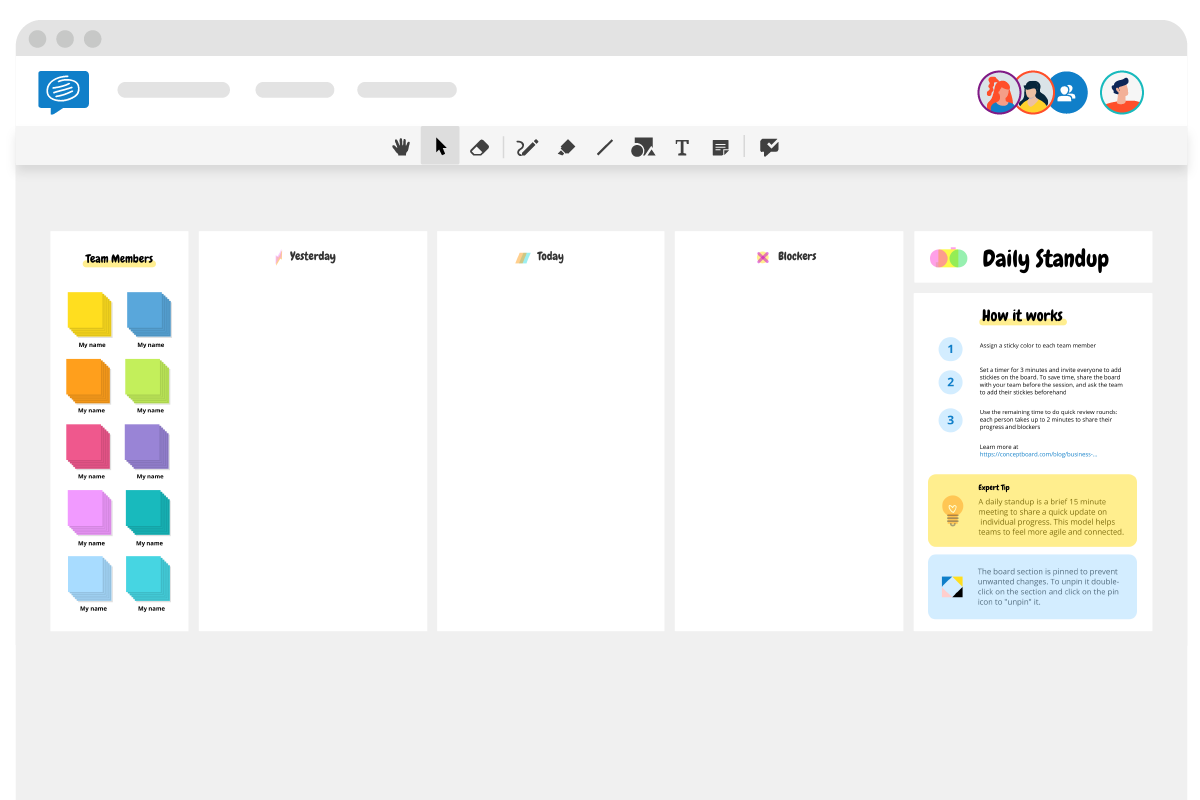How to foster a culture of innovation in distributed teams?
Fostering a culture of innovation is not always easy. Many experts agree that a key first step is ensuring that staff feel comfortable, safe, trusted and valued. So how do you do this through a computer screen?

Prior to the COVID-19 pandemic, studies estimated that around 15% of employees in the U.S. worked as a part of distributed teams. In April, that jumped to around 50% with most employees working from home full time.
For all those ‘suddenly remote’ teams, the first step was setting up systems to ensure day-to-day tasks could get done. But as time goes on, the focus has shifted to developing creative ways to keep remote employees and teams engaged, innovative and productive.
Many organizations that are 100% remote have already developed creative ways to create a strong culture that fosters innovation. And, by their very nature, remote teams are likely to have extra benefits that befit innovation compared to office-based teams: Such as diversity, thanks to their lack of geographic limitations, early-adopter mentality and flexibility.
Even so, fostering a culture of innovation is not always easy. Many experts agree that a key first step is ensuring that staff feel comfortable, safe, trusted and valued. So how do you do this through a computer screen?
Let’s take a look at how managers can foster a culture of innovation in fully remote or distributed teams.
Foster culture on innovation in 6 Ways
1. Brainstorm virtually
If the thought of a brainstorming session creates a sense of dread in your team, you’re not doing it right. Brainstorming to solve problems or come up with a new idea is a great way to generate out-of-the-box thinking and creative solutions. It also brings teams close together, while helping staff feel like they are contributing to the company’s future developments. You can easily conduct a simple brainstorming session using sticky notes, sketching tools, shapes and more on Conceptboard’s digital whiteboard. Also, why not take it up a level with a Brainwriting session? This is a more subtle way of generating ideas from everyone in the group, without any one idea or person dominating.
2. Visual collaboration for distributed teams
Human beings are visual creatures. According to neuroscientists, 50% of the neurons in our cerebral cortex are dedicated directly or indirectly to processing visual information. We all have brains that are very, very visual! The way we communicate at work, however, does not reflect this biological reality. Despite the fact that 65% of all people are visual learners, most of our collaboration happens over text.
Our visual abilities are buried under endless email threads or Slack channels. One way to leverage our visual skills when we collaborate is with the use of a collaborative online whiteboard such as Conceptboard. Conceptboard’s infinite whiteboard enables teams to bring their ideas to life, centralize projects and visualize dependencies. Just invite your team, follow live cursors as you co-create and get work done.
3. Share the journey
It’s important to bring staff along for the ride and ensure they understand the company’s long-term vision, and the integral role they play in that. Some of the ways this can be achieved in distributed teams include:
- Set up a regular ‘coffee morning’ open-invite video meeting that anyone can join and chat about anything they like.
- Build trust by asking everyone to share their accomplishments and problems at meetings
- Create a team charter statement.
- Host an AMA (Ask Me Anything) hour where staff are encouraged to ask any questions they want to know about the business, its goals, challenges or achievements.

4. Stand up
As they say, a problem shared is a problem halved. When you are not in the same office, it’s harder to know exactly whom to turn to when you have a problem. In distributed teams, this can be solved easily with a little bit more structure. A daily stand-up meeting each morning is a great way to get everyone to share 1) What they accomplished yesterday 2) What they are working on today 3) Any problems or roadblocks they have. That way, other team members can quickly share ideas, or continue the discussion afterwards if they need to work together on it.

5. Upskill
Continual education and learning is essential to ensuring that staff stays innovative and aware of the latest trends. Allocating a certain amount of time or budget for staff training each month will help staff stay motivated and give them time to step away from the day-to-day tasks and embrace new ideas. Hopefully, after their training they will return feeling refreshed and ready to put what they learnt into practice, or share their learnings with the team.
Discover visual collaboration
Collaborate seamlessly across teams and timezones with Conceptboard’s collaborative online whiteboard
6. Socialise
Take some time away from work to set up opportunities for your team to socialise together online via video call. This will help strengthen team bonds, as well as improving staff loyalty, health and happiness. The options are truly limitless, but here a just a few of our favorites:
- A monthly book club or podcast club are great ways to encourage external learning and growth and then socialising through sharing of ideas.
- Share favorite recipes and then compare notes and photos
- A weekly quiz night
- A photography club. Set a theme for the week or month, and ask everyone to share their photos.
- Pre-meeting icebreakers are a great way to get to know each other
- Online yoga, pilates, meditation or workouts at a set time each week.
As you can see, fostering a culture of innovation isn’t a one-step approach, but rather a long-term strategy that starts with building a trusted and engaged team. Once staff feel valued and safe, innovation and creativity becomes the by-product, leading to winning ideas and a strong team culture.
If you want to explore other ways to boost remote teamwork, check out our other articles on solving remote disputes and how to improve communication in remote teams. Read all about how to facilitate better remote meetings with our remote meetings guide. Stay agile even when working in distributed teams with Conceptboard’s collaborative online whiteboard.

